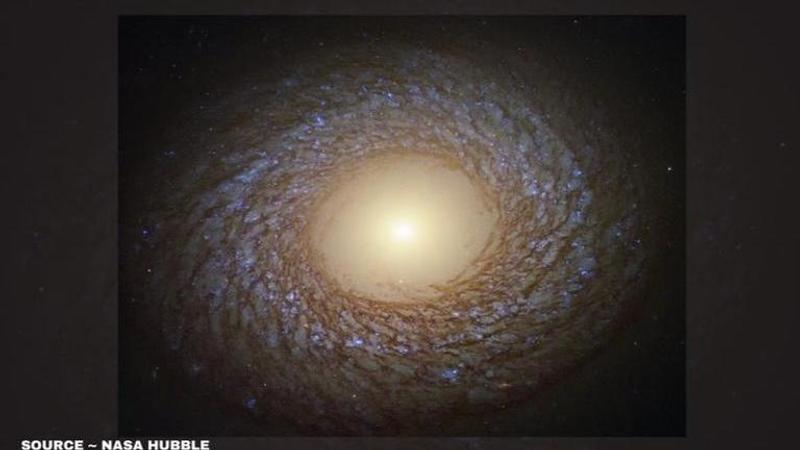Published 16:38 IST, June 29th 2020
NASA's 'Birds of a Feather' is empty yet mesmerizing; NASA Hubble shares picture
NASA Hubble shared the picture of a galaxy that is relatively empty. The galaxy is denoted as the "Birds of a Feather." Find out the reason for the name.

Advertisement
The mysteries of the vast universe and celestial objects have never failed to intrigue humans. The more we see, the more we find out that we are just a speck of dust as the world is enormously huge. NASA and several space research agencies have been researching and trying to find out answers to the questions about the formation of the world we live in today. Recently NASA Hubble revealed a beautiful picture of the "Birds of a Feather" as the scientists denoted it to be.
What is NASA calling "Birds of a Feather?"
- Credit: NASA Hubble
As we can see the beautiful picture shared by ESA/ NASA Hubble Space Telescope, the spiral pattern shown by the galaxy is remarkably striking because of its delicate, feathery nature. Due to its feather-like spiral arms, the galaxy is denoted as the 'Birds of a Feather' by NASA scientist. However, the name of the galaxy is NGC 2775 and these "flocculent" round arms symbolise that there has been no star formation in the recent history galaxy.
Also Read | Astronomers discover 'Monster' Quasar with humongous Black Hole equivalent to 10,000 suns
This observation has revealed that there is virtually no star formation in the central part of the galaxy, NGC 2775 and so it is now named as an empty galactic bulge where all the gas was converted into stars long ago. This galaxy is located 67 million light-years away in the constellation of Cancer and it is classified as a flocculent spiral galaxy.
- Credit: NASA Hubble
The name "Birds of a Feather" comes as we observe this "relatively empty galactic bulge" closely. The NGC 2775 is filled with millions of bright, young, blue stars that shine in feather-like spiral arms, interlaced with dark lanes of dust. The scientist believes that the complexes of these hot, blue stars will trigger star formation in nearby gas clouds. The pattern of the feather-like spiral arms appears due to the shearing of the gas clouds as the galaxy rotates.
What is galactic bulge?
- Credit: Australian National University
A galactic bulge is denoted to the density of the galaxy and its stars. In simple words, a galactic bulge is a tightly packed group of stars within a larger formation. Every star has a galactic bulge and this term almost exclusively refers to the central group of stars found in most galactic spheroids.
- Shutterstock
16:38 IST, June 29th 2020







